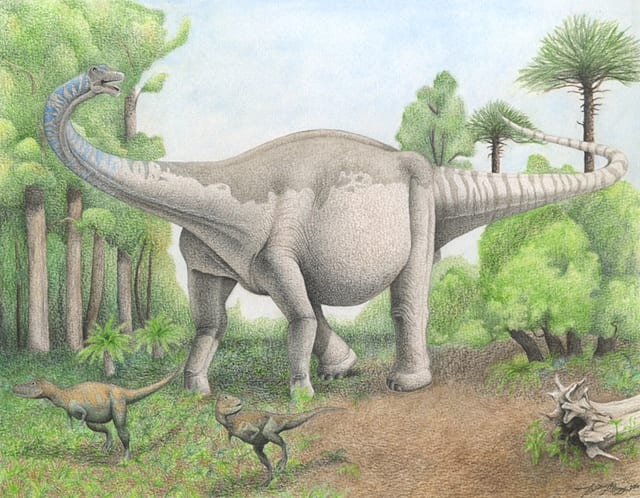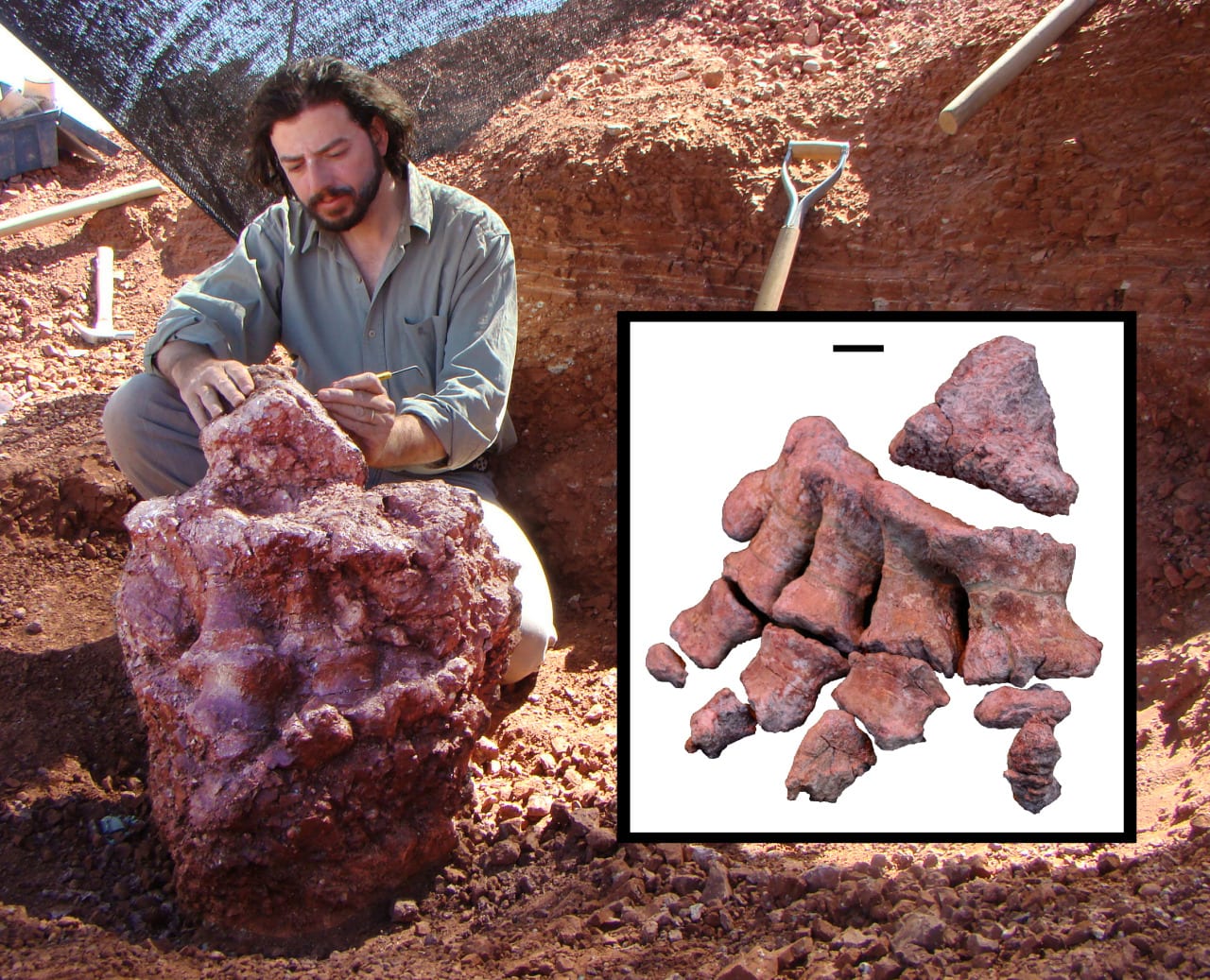

Matt Lamanna and Steve Salisbury and the AP3 crew making their way to Antarctica. Read their hourly updates on Twitter (@antarcticdinos).
Carnegie Museum of Natural History
One of the Four Carnegie Museums of Pittsburgh
by carnegiemnh


Matt Lamanna and Steve Salisbury and the AP3 crew making their way to Antarctica. Read their hourly updates on Twitter (@antarcticdinos).
by carnegiemnh



Researchers have discovered a gigantic new species of dinosaur that is among the largest yet known to science. Named Notocolossus gonzalezparejasi, the new creature provides key information about the hind foot of giant titanosaurs, which are widely regarded as the most massive land animals that have ever existed. Notocolossus was described from fossil bones belonging to the back, tail, forelimb, and pelvis, plus a complete ankle and foot. The paper describing the discovery appears today in Scientific Reports, a freely-accessible journal from the publishers of Nature. This was a collaboration with colleagues at the Universidad Nacional de Cuyo in Mendoza, Argentina and Assistant Curator of Vertebrate Paleontology Matt Lamanna of Carnegie Museum of Natural History. With a humerus (upper arm bone) 1.76 m (5 ft 9 in) in length, and an estimated mass of 40,000–60,000 kg (44–66 tons), Notocolossus is one of the largest dinosaurs, and indeed, one of the largest land animals, yet known to science. Moreover, one of the two known Notocolossus specimens preserves the hind foot in its entirety, providing the first complete look at this important part of the skeleton in a super-massive dinosaur. Perhaps unsurprisingly, the Notocolossus hind foot shows distinctive features not found in any other sauropod that appear to constitute adaptations for supporting extremely great weight.
